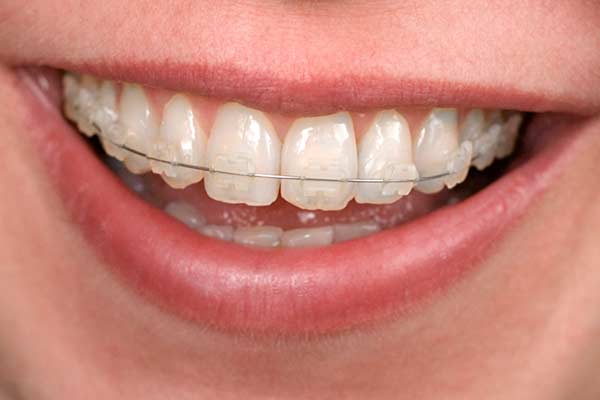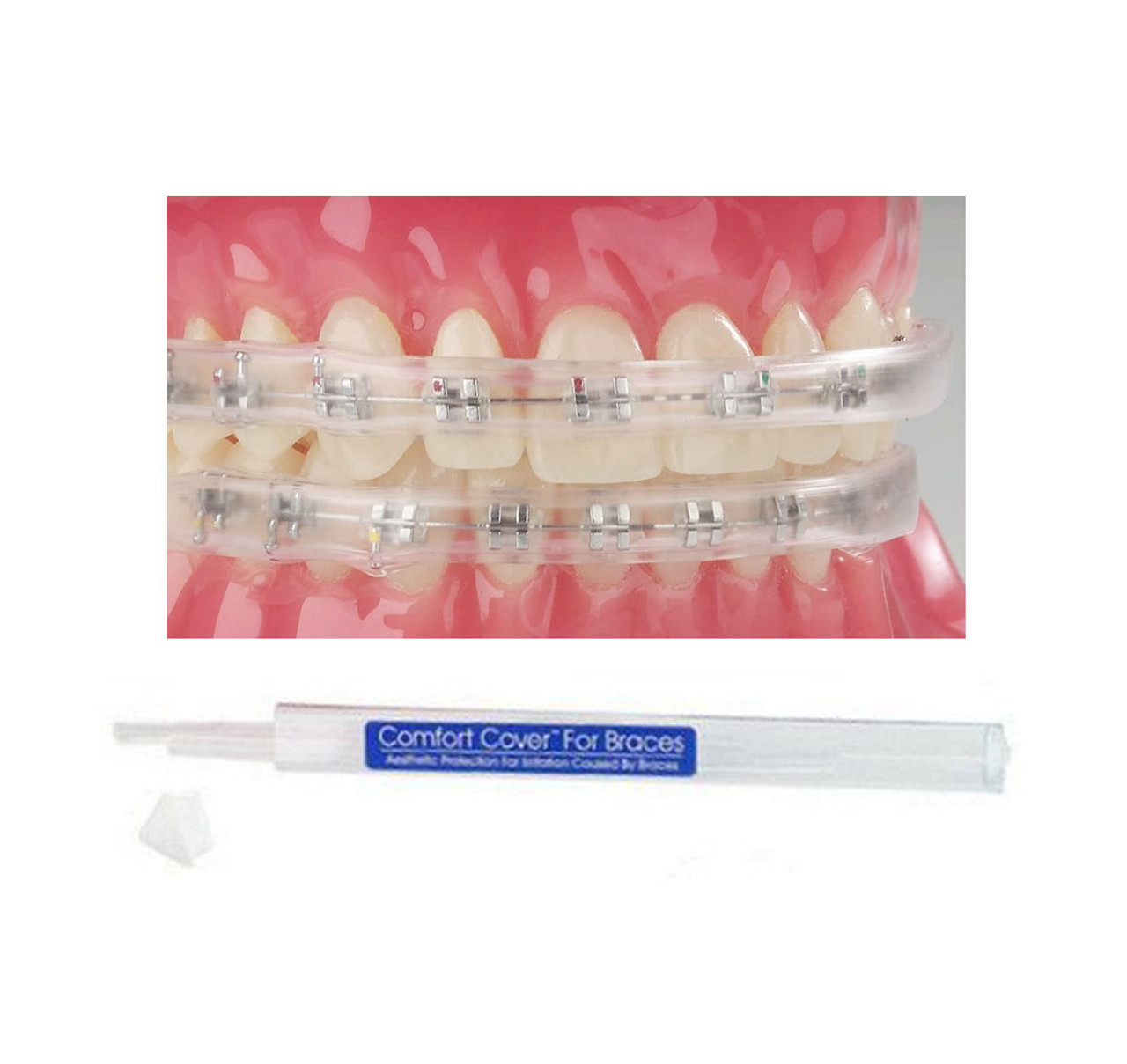Comprehensive Overview to Orthodontics Procedures for Dealing With Dental Misalignments
Understanding the details of each procedure, including their mechanisms, benefits, and potential downsides, is crucial in making informed decisions concerning one's orthodontic therapy. As we browse through the detailed overview to orthodontic treatments for remedying dental misalignments, the detailed information of each approach will certainly unfold, shedding light on the course towards a harmonious and functional oral positioning.
Orthodontic Procedures Introduction

Along with typical braces and clear aligners, orthodontists may additionally suggest other treatments like headwear, palatal expanders, or retainers to deal with specific placement issues (orthodontist). These treatments are customized to each patient's special needs and may entail a combination of treatments to accomplish the desired outcomes. Normal adjustments and tracking are essential components of orthodontic therapy to make certain development gets on track and to make any required adjustments along the road. By undergoing orthodontic treatments, clients can not just attain a straighter smile but likewise boost their total oral wellness and function.
Typical Dental Braces: Just How They Function
When thinking about orthodontic treatments for oral imbalances, conventional dental braces attract attention as a tried and true technique for remedying teeth positioning. Typical braces are composed of brackets, wires, and bands that collaborate to apply continuous pressure on the teeth, gradually relocating them into the desired alignment. The braces are affixed to the teeth utilizing a special adhesive, and the cables are threaded through the brackets. By adjusting the stress of the wires, orthodontists can manage the direction and force used to each tooth, assisting them into correct alignment with time.
One secret facet of how conventional dental braces work is the procedure of bone improvement. As stress is applied to the teeth through the dental braces, the bone bordering the teeth is reshaped to sustain the new tooth settings. This improvement is important for the long-lasting security of the fixed placement. People will need regular modifications at the orthodontist's office to ensure the braces proceed to use the proper stress for reliable teeth movement.
Undetectable Aligners: Pros and Disadvantages
These clear, customized trays are practically invisible when used, making them an attractive option for people seeking an extra visually pleasing orthodontic treatment. Individuals can remove additional hints the aligners prior to eating or cleaning their teeth, minimizing the risk of food obtaining stuck in the home appliance and simplifying the cleansing process.

Surgical Orthodontic Options
Surgical interventions in orthodontics existing sensible alternatives for dealing with complicated dental misalignments that may not be successfully solved via standard orthodontic treatments. While standard braces and undetectable aligners can fix numerous orthodontic issues, particular instances call for medical intervention to achieve optimal results. Surgical orthodontic alternatives are typically recommended for severe malocclusions, substantial jaw inconsistencies, and cases where the underlying bone framework requires adjustment to achieve correct placement.
One usual surgical orthodontic procedure is orthognathic surgical procedure, which entails repositioning the jaws to this contact form correct useful issues such as difficulty talking or eating. This surgery is often executed in cooperation with an orthodontist that helps straighten the teeth before and after the treatment. Surgical orthodontics may also entail procedures to expose influenced teeth, eliminate excess gum cells, or reshape the jawbone to develop a more unified facial profile.
Prior to taking into consideration surgical orthodontic alternatives, clients undertake a thorough examination to determine the need and prospective benefits of such interventions. invisalign. While surgical procedure may appear complicated, it can significantly boost both the function and appearances of the smile in cases where traditional orthodontic therapies fail
Retainers and Post-Treatment Care

Failure to comply with post-treatment care instructions can result in relapse, where the teeth slowly move back towards their original positions. Regular retainer wear, excellent dental health, and routine dental check-ups are vital for preserving the results achieved via orthodontic surgical procedure and making certain the lasting security of the fixed dental placement.
Conclusion
In final thought, orthodontic procedures use various alternatives for fixing oral misalignments. Surgical orthodontic alternatives are available for a lot more severe imbalances. Overall, orthodontic procedures can effectively enhance dental health and wellness and aesthetic look.
As we navigate with the extensive overview to orthodontic treatments for fixing oral imbalances, the elaborate information of each method will unravel, losing light on the path towards a unified and functional oral alignment. - cumming orthodontics
One of the most common orthodontic treatments is the use of dental braces, which are composed of steel brackets and cables that use mild pressure to slowly change teeth into the desired setting.When thinking about orthodontic treatments for dental misalignments, typical dental braces stand out as a time-tested method for remedying teeth placing. In addition, undetectable aligners might not be suitable for complex orthodontic problems that need even more considerable teeth activity, as they are generally suggested for moderate to moderate situations. Retainers are tailor-made orthodontic tools designed to hold teeth in their fixed positions after the completion of orthodontic treatment.
Comments on “What Sets Cumming Braces and Aligners Apart from Other Orthodontic Treatments”